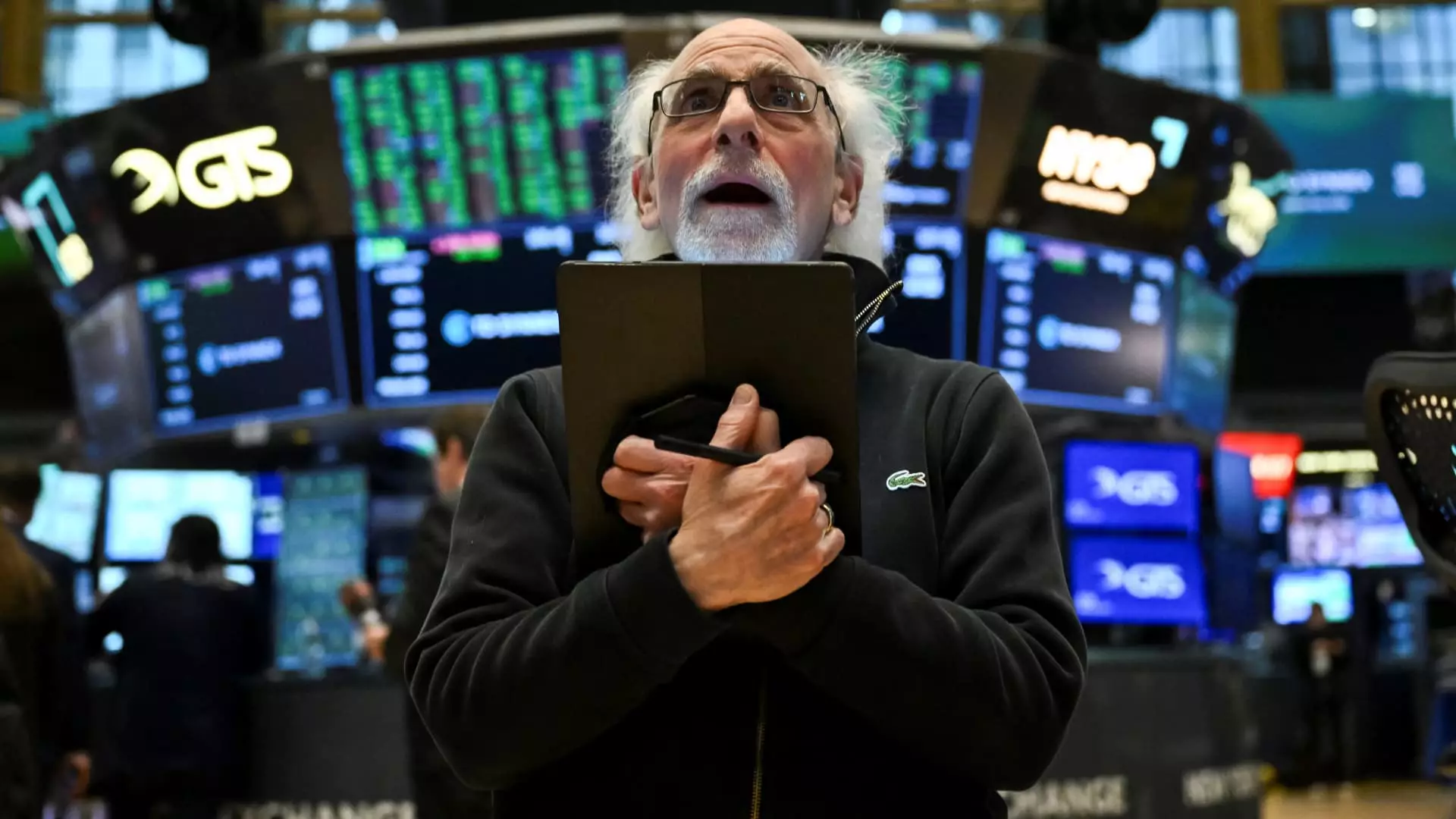In the labyrinth of financial markets, very few strategies are as risky and exhilarating as short selling. Hedge funds, in particular, have perfected the art of betting against stocks, often reaping significant rewards when their predictions align with reality. However, the recent market turmoil revealed how quickly this strategy can become a game of survival, transforming shrewd financial maneuvers into desperate, erratic behavior. As we witnessed a historic surge in stock prices due to unforeseen market dynamics, it became glaringly evident just how precarious the world of short selling can be.
Traditional short selling involves borrowing shares of a stock, selling them at current price levels, and hoping to buy them back at a lower price. It is both an art and a science, calling for insights into market trends, corporate performance, and economic indicators. In recent weeks, hedge funds heavily invested in short positions faced a conundrum following unexpected news. In a market characterized by volatility, the act of closing these positions became a spectacle, leading to what is known as a “short squeeze”—a scenario where short sellers hastily buy back stocks to cover their positions, inadvertently fueling further price increases.
The Anatomy of a Short Squeeze
A blend of psychological pressure and market mechanics can turn calm investors into panicked traders, and that’s precisely what unfolded recently. On a day where the S&P 500 experienced its third-largest gain since World War II, hedge funds found themselves in a perilous position. Many had taken calculated risks based on prior trends, but the unprecedented market reaction caught them off guard. As share prices soared—fueled in part by traders covering their shorts—the market dynamics shifted dramatically.
For hedge funds, the stakes are astronomical; as reported, a staggering 30 billion shares traded in a single day, a record-breaking volume that signifies more than just mere trading—a collective reckoning. This was a moment driven by panic as short sellers faced the stark reality of their positions and scrambled for exits. It wasn’t merely a day of trading; it was a tumultuous acknowledgment of risk and reward, illustrating that confidence can swiftly morph into chaos in the financial sphere.
The Role of Market Sentiment
The sentiment in the markets reflects deeper societal attitudes towards risk. The surge instigated by short covering wasn’t just about stocks; it resonated with the primal instincts of traders. Jeff Kilburg, CEO of KKM Financial, aptly noted how “the exit doors become so small” amidst crowded trades. A palpable sense of fear permeates the market—a fear that ultimately leads to reactions that can decouple reality from fundamental value.
Moreover, the thin liquidity, characterized by dwindling sizes of stock futures that traders could manipulate, further magnified the market swings. Such conditions foster dramatic shifts; the absence of deep pockets willing to stabilise price movement leaves traders feeling skittish. While long-only funds seized this moment to flex their purchasing power, it underscored an unsettling reality: the market is fragile, teetering on the edge of euphoria and despair at any given moment.
Looking Ahead: The Persistent Risks of Short Positions
Despite the frenzy, the markets continued to pull back as acknowledgment blossomed regarding the true state of the economy. The specter of high tariffs loomed large, cast by the uncertainty of relations with major trading partners. The recent surge wasn’t merely a blip; it was a complicated interplay that revealed short sellers still sitting on hefty positions, laying the groundwork for a potential repeat performance of savage market volatility.
Bank of America noted that short covering was “far from over,” suggesting that as long as significant short positions linger, we could see cycles of panic and recovery continue to unfold. The investment community has yet to fully address the underlying risks that drive these short bets. Parsing through economic indicators, international affairs, and market sentiment reveals that in our pursuit of profit, we often overlook the complexities that render our strategies perilous.
Our understanding of market dynamics must evolve. Success in this volatile environment requires not just keen insights but also a recognition of our psychological vulnerabilities. As traders, and indeed as a society, we must grapple with the realization that in the world of finance, what goes up can just as easily come crashing down.

